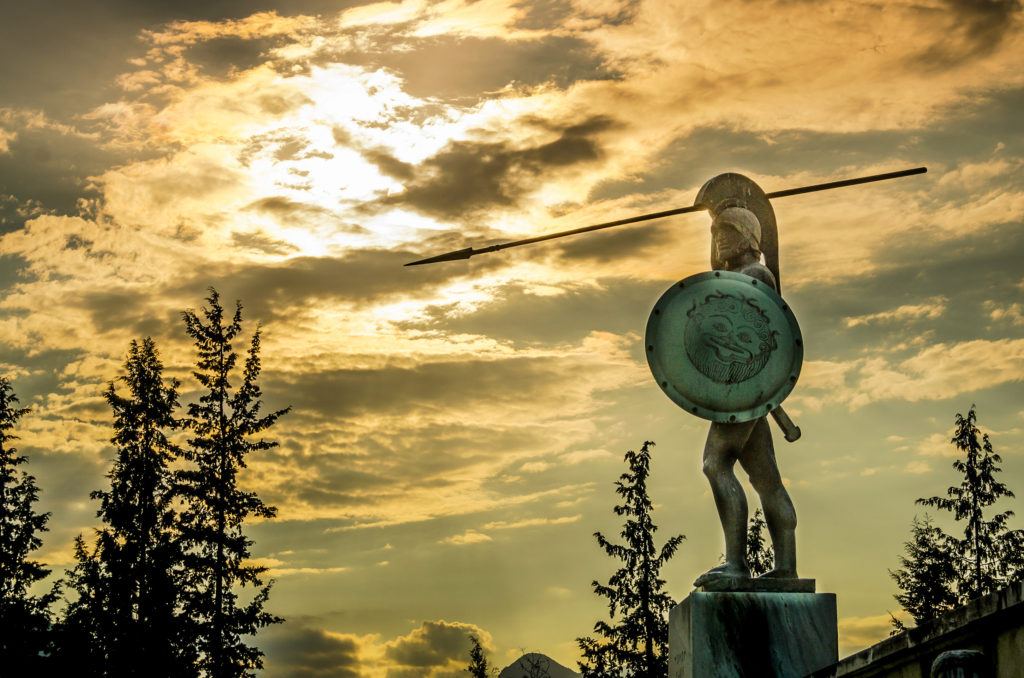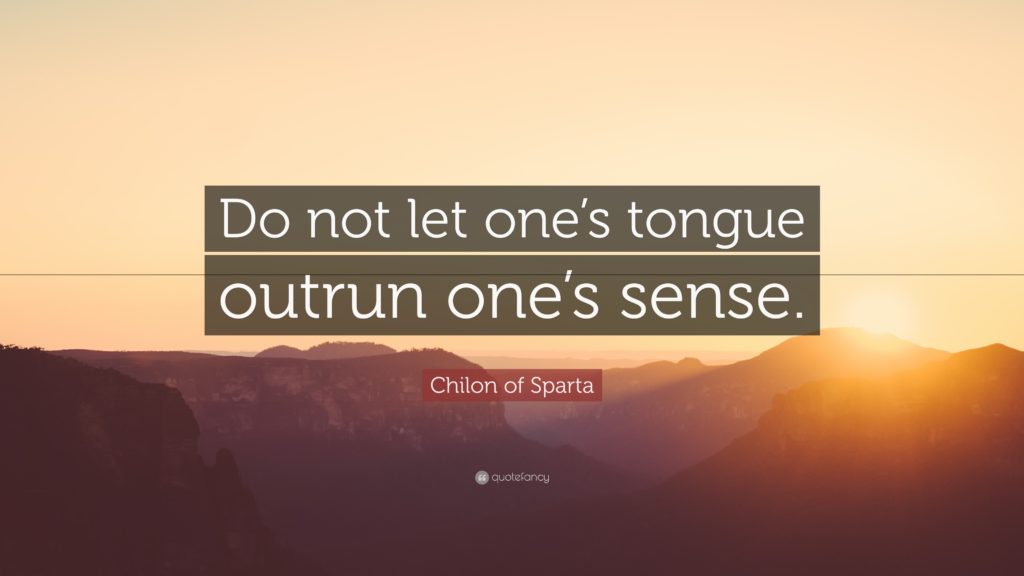"The most ancient and fertile homes of philosophy among the Greeks are Crete and Sparta.. They (the Spartans) conceal their wisdom and pretend to be blockheads, so that they may seem to be superior only because of their prowess in battle, rather than by virtue of their wisdom." Socrates
Join us in Greece to Celebrate the 2,500th anniversary of Thermopylae in 2021
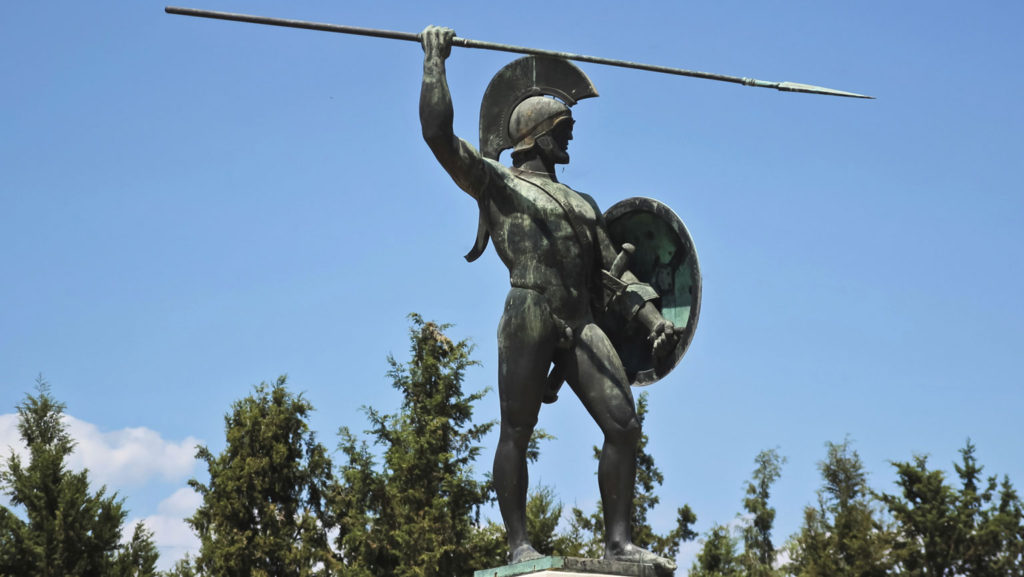 Please visit my new Blog: Snowy Owl Speaks
Please visit my new Blog: Snowy Owl Speaks
In the ancient world Sparta was admired as much for its constitution, its system of education, its philosophical culture, its economic self-sufficiency, its diplomacy, and its music and dance as it was for its famous hoplites. Not her kings, but her citizens – the lawgiver Lycurgus, the philosopher Chilon, and the poet Tyrtaios – were the most widely admired Spartans in ancient times. (Sparta Reconsidered)
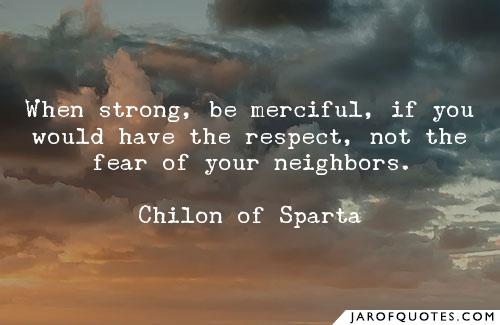
This website is dedicated to one of my lineages - the Ancient Spartans. Since I was a young teenager, I’ve always considered the Spartans as the ultimate warrior culture. As philosophers as well as warriors, they embraced a high level of regard for family, equality of men and women, a deep spirituality and warrior rituals and brotherhood in battle.
The Lacedemonians, more commonly known as the Spartans, have been idealized and demonized down through the centuries. The truth of the Spartan culture seems to be as difficult to grasp as an early morning mist swirling around our ankles. It seems that the total paradigm of Spartan culture and history has been pigeonholed into a society exclusively of warriors exemplified by the heroic story and legend of Thermopylae. It has focused solely on the 300 Spartans and their warrior-philosopher king, Leonidas—the Lion.
This representation of Leonidas and the Spartans is justified but it does not convey the total story of the Spartan people and their enlightened culture. It also detracts from the valiant support of the other Greek warriors that were there with the Spartans at Thermopylae such as the Thespians who chose to die rather than depart. For the idealized the Spartans were the ultimate physical specimen of a warrior. For the ones that demonize the culture, the Spartan warriors were nothing more than homosexual blood-thirsty-baby-killing soldiers. This website will offer an alternative view to both of these extreme assumptions. There are few other cultures and societies closer to my heart than the Spartans..
On the day of my 60thbirthday, I walked barefoot the sun-soaked crusty soil of the field of battle of Thermopylae. The sparsely treed ground was hard and scorching as if the memory of that time 2500 years ago was embedded in the cracked earth beneath my feet. As well, the purified waters of the flowing volcanic sulphurous springs that I
dipped my feet into were indescribably hot. Memories flowed within me as red-hot lava, which finally erupted in a mass of tears as I cried and spoke from my heart to the warrior ancestors of a time long gone. My salty waters purified the mound of the last stand. A place not of defeat but one of victory—a victory in defeat.
Four years later I led two of my martial-spiritual students on a warrior pilgrimage that took us from the sacred site of Herakles First Labor to Sparta (Sparti), Olympia and finally to Delphi. In Sparta we trained in the Acropolis of Sparta and on the ridge-top site of the Menelaion. It was a bitter/sweet journey for me. The sweetness of the journey was being able to physically and mentally train on the hallowed ground of the Lacedemonians. This brought both beauty and joy to my heart and mind.
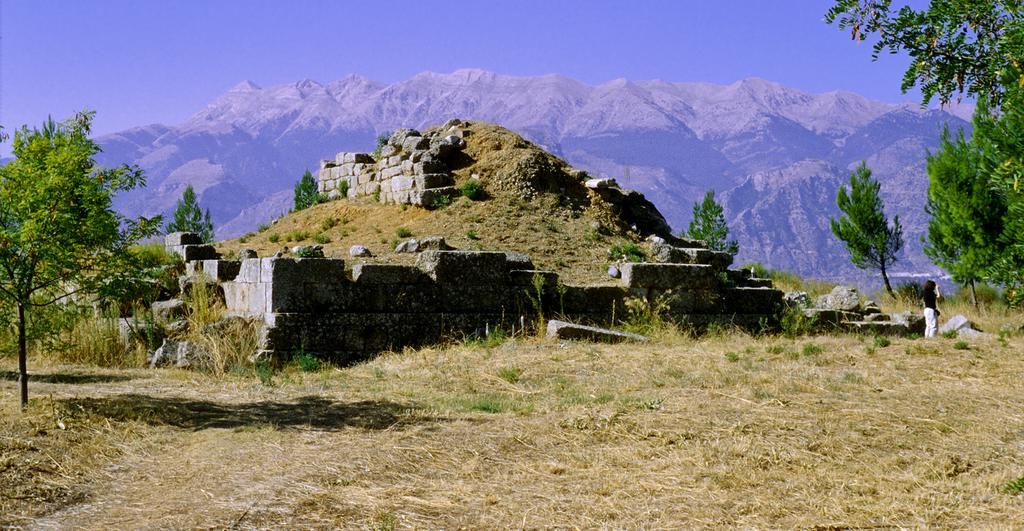 Our training on the Menelaion was a further taste of heaven for my body and soul. The Menelaion is the hilltop site of the legendary King Menelaus, Helen (of Troy) and the Dioscuri, the twin heroic brothers of Helen—Castor and Polydeuces.
Our training on the Menelaion was a further taste of heaven for my body and soul. The Menelaion is the hilltop site of the legendary King Menelaus, Helen (of Troy) and the Dioscuri, the twin heroic brothers of Helen—Castor and Polydeuces.
Castor, the mortal one of the twins, was a martial artist and a teacher of swordsmanship to Herakles. Both were Spartan heroes, Polydeuces being an unbeatable boxer, while Castor was the fearless warrior. How appropriate for us to train on the sacred ground of the Dioscuri and to honor them and Herakles with prayers, meditation and martial activity. It was due to this myth of the Dioscuri that the ancient Spartans had two kings. Keep in mind that the most important priests in Sparta were the kings.
Our training was only a slight healing salve for my anger and bitterness. You may ask what was the root cause of my emotions—the indignation within me?
Dis-respect and Dis-honor
Arriving in Sparti the most important thing that I noticed was the absence of any sense of the warrior spirit that was and still is Sparta’s historical birthright. Not that I would want to see workers of the Municipality of Sparta walking around dressed as ancient Spartan Knights, but I would love to see a shift in the consciousness. This would be a shift from the purely mundane materialistic to a sense of spirit, honor and pride in their warrior philosophical ancestral heritage and a reinstatement of the equality of men and women.
If you have never been to Sparti, you may question this statement about spirit, honor, pride and equality. For one thing when historical ruins are left to linger as an afterthought or absence of thought of ‘glory days gone by,’ this act alone paints a vivid picture of an absolute rejection of ones ancestral heritage. This is the case with Sparti/Sparta. And for the inequality, just spend one day in Sparti and you would discover this for yourself.
Rev. Dr. JC Husfelt is a philosopher and teacher, a martial artist and practitioner of the mystic arts, and a tlamatini[i]: a wise man, philosopher, sage, priest, and preserver of divine knowledge. In modern Nahuatl, he is tlamátiquetl: a “person of knowledge.” He is the author of I Am a Sun of God and So Are You, The Return of the Feathered Serpent, Return of a Green Philosophy, Do You Like Jesus – Not the Church?, Tequila and Chocolate: The Adventures of the Morning Star and Soulmate, A Memoir, and Morning Star’s Seven Steps to Spiritual Awakening, A Book of Love in the Time of COVID-19, A Mindful Guide to Love, Life, and Unity During and After the Pandemic: all available on Amazon.
. 
Dr. Husfelt relishes the clarity of firsthand and experiential knowledge. Since 1964 he has been on a journey, both literally and metaphorically, to touch the mystical and practical side of the martial arts and the mystery and myth, the spiritual and healing lore of indigenous cultures throughout the world. His adventures have taken him from his present home on the edge of a fjord in Western Washington through the Americas, to the icy plateaus and volcano's of Iceland and through the windswept barrens of the British Isles, onward across the Orkney Islands, Norway, continental Europe and the Mediterranean, to Asia and Polynesia. Dr. Husfelt’s teachings are based on his first-hand experience of the lands and cultures that are an opus of his knowledge and wisdom.
[i] Literally, a “knower of things.” According to Miguel León-Portilla, “a wise man appears as a guide, a person who points out the path to others.” (León-Portilla, Aztec Thought and Culture, 22.)

